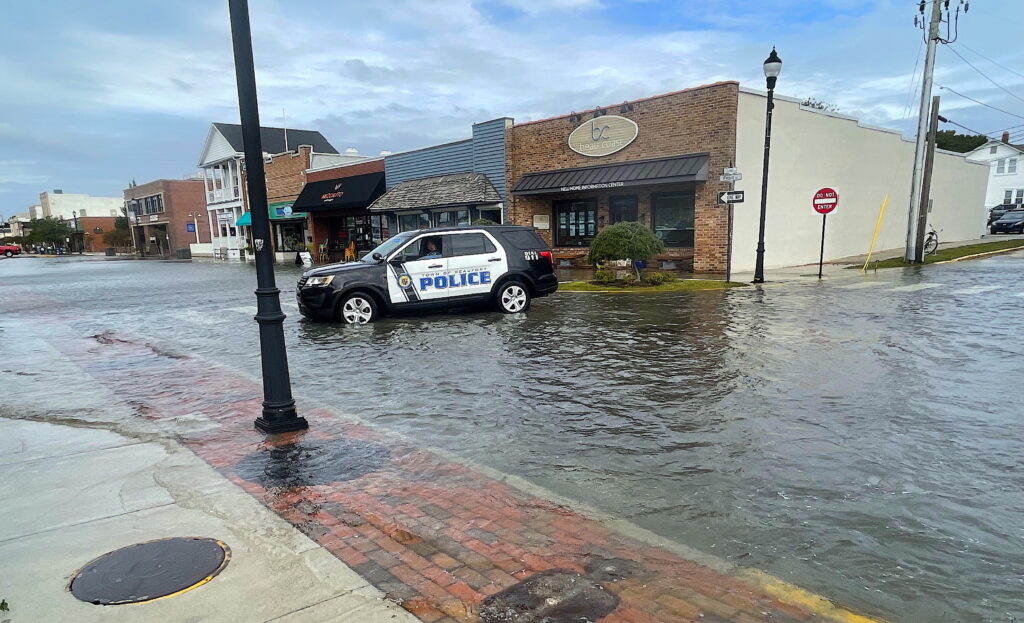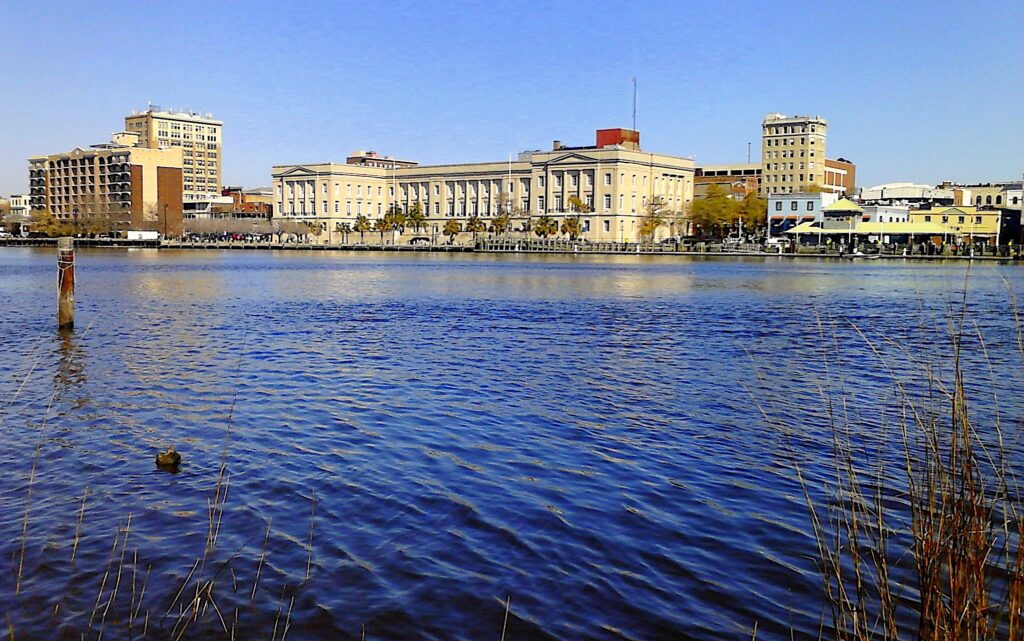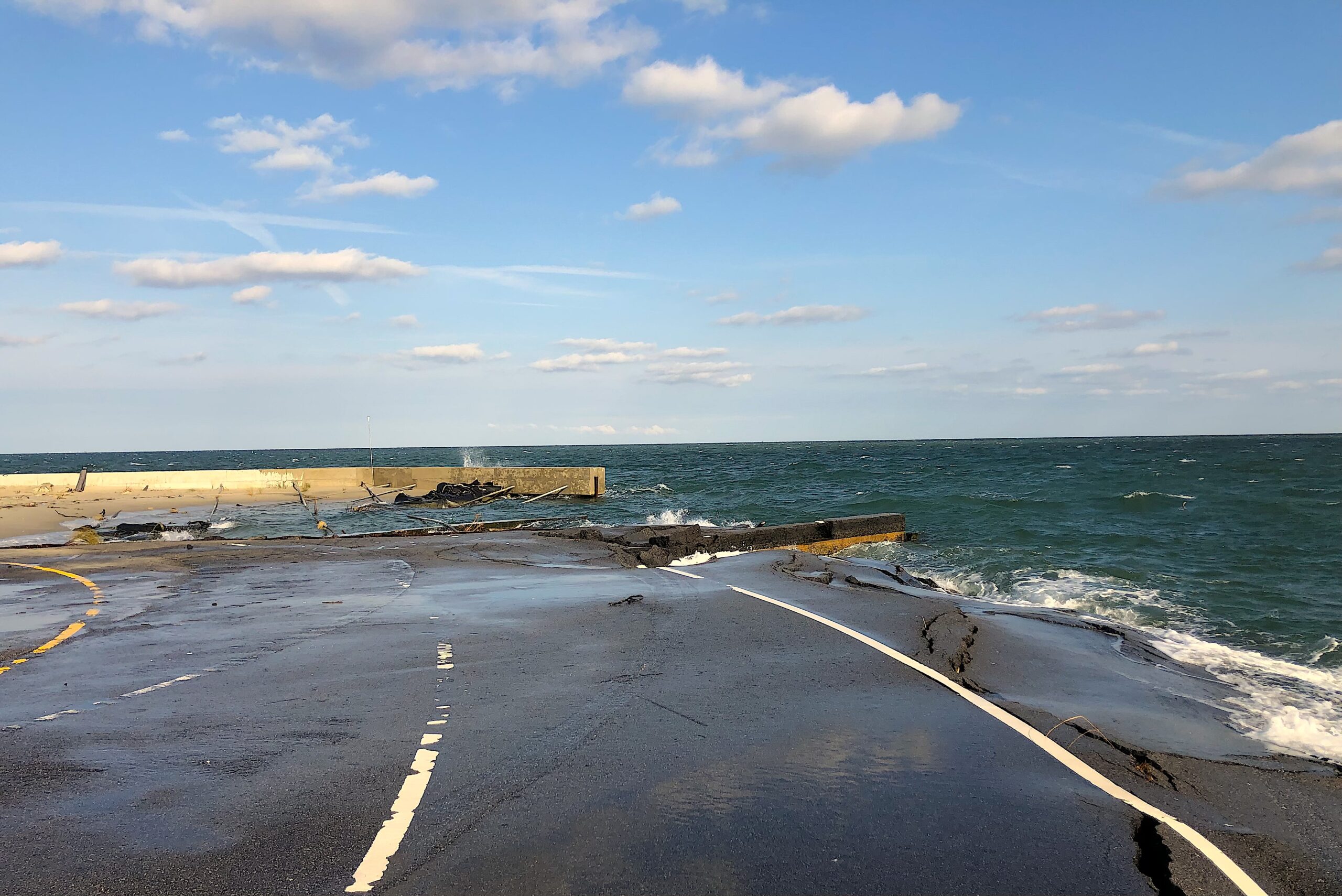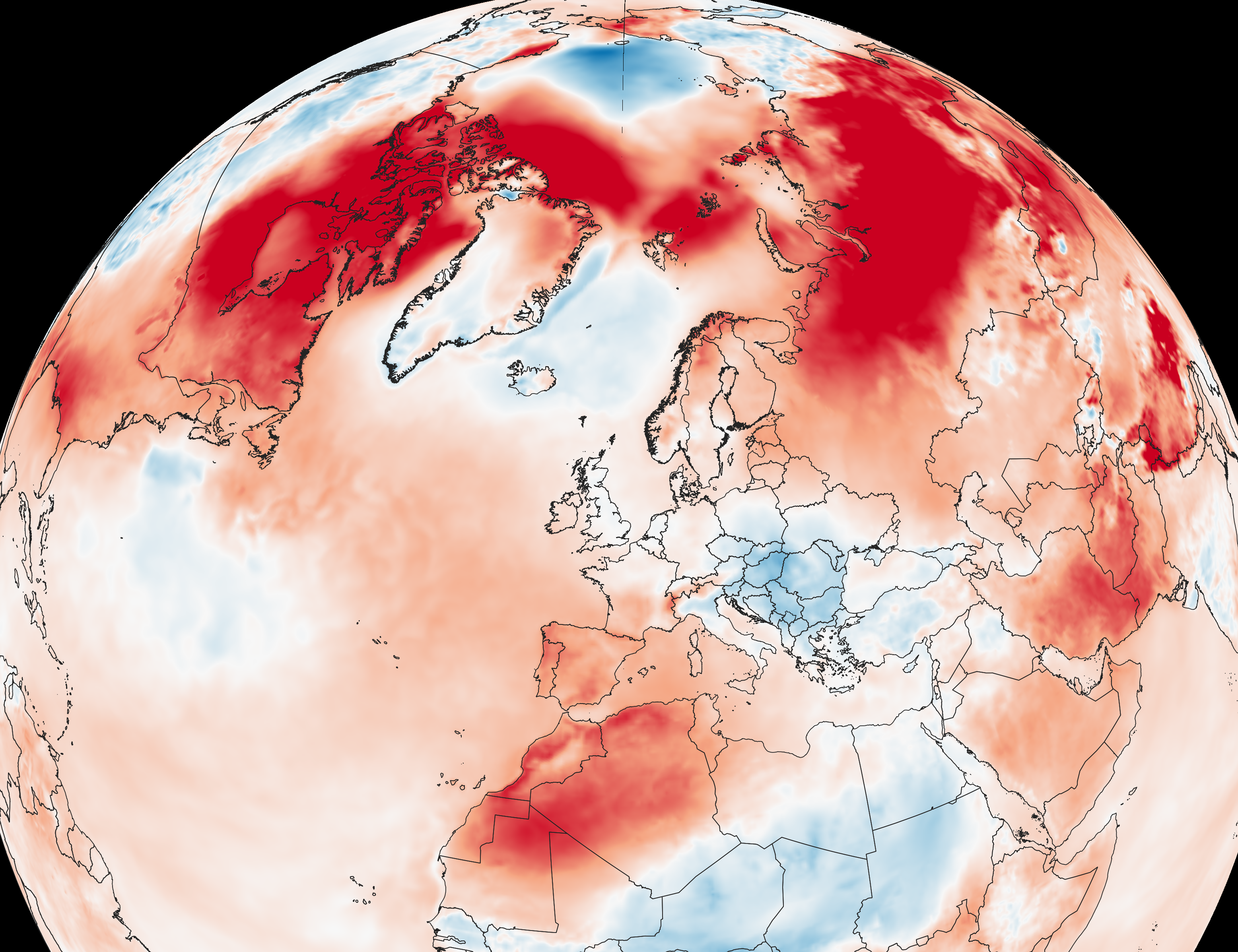New Sea Level Rise Projections for North Carolina
The NC Coastal Resources Commission Science Panel's Report

A new report predicts sea level rise in three North Carolina cities over the next century.
The N.C. Coastal Resources Commission Science Panel has released a new report with projections for sea level rise this century in three North Carolina cities: Duck, Beaufort, and Wilmington. The panel of interdisciplinary scientists and administrators recommends that policymakers across the state consult with climatologists about planning for these impacts to ensure the best possible outcomes for residents.
According to previous reports from the panel, the Arctic and Antarctic ice sheets are unstable, causing variations on a global scale. There are also considerable local variations that can affect sea level rise at any given site, such as vertical land motion (the rate at which land rises or sinks based on tectonic plate motion). However, as researchers observe and gather more data, climatologists can make more accurate predictions based on global weather patterns, and new research has increased confidence in predictions through 2050.
The report divides the projections into five scenarios depending on global greenhouse gas emissions. These numbers are highly unpredictable, and, as a result, the categories allow for considerable variation.
“When we’re thinking about planning for sea level rise and climate change uncertainty, there’s a need to evolve our processes to be more holistic, adaptable, and forward-thinking,” says Cayla Cothron, North Carolina Sea Grant’s coastal planning specialist. “Instead of planning for one future, approaches like scenario planning can help us prepare for a range of possibilities and outcomes, making our plans more dynamic and allowing communities to better account for uncertainty and adapt as conditions change over time.”

The report provides key messages important to policymakers addressing sea level rise:
By 2050, flooding severity will significantly increase.
Average global temperature increase correlates to rising sea levels.
Tracking the sources of rising sea levels is essential for planning.
NOAA has predicted an average sea level rise of 10 to 14 inches and 10 times more frequent damaging floods by 2050, which is consistent with the panel’s findings.
The panel’s report provided predictions for both average sea level rise and high-tide flooding levels — how many days per year each locale would experience a high-tide flood at “intermediate” scenarios.
According to the report, Duck will experience more sea level rise than the other two cities, with a predicted range of 0.5 meters of sea level rise and 100 high-tide flood days on average by 2050 and 1.03 meters and 348 high-tide flood days by 2100. Both Beaufort and Wilmington will experience 0.4 meters of sea level rise by 2050 and 1.0 meters of sea level rise by 2100.
Beaufort, however, will face significantly more high-tide flooding days on average: 60 by 2050 and 338 by 2100, whereas Wilmington will experience 30 high-tide flooding days on average by 2050 and 323 by 2100.
THE PANEL
Spencer Rogers, former coastal construction specialist with North Carolina Sea Grant, is a member of the panel, which also includes:
Laura Moore, chair, professor, UNC-Chapel Hill, Department of Earth, Marine, and Environmental Sciences, Chair
Kevin Conner, US Army Corps of Engineers, Wilmington
Reide Corbett, executive director of Coastal Studies Institute, dean of Integrated Coastal Programs, East Carolina University
Andrea Hawkes, associate professor of geology, University of North Carolina Wilmington
Joseph W. Long, director, Coastal Engineering Program, Department of Physics & Physical Oceanography, University of North Carolina Wilmington
Jesse McNinch, research oceanographer, US Army Corps of Engineers
A. Brad Murray, professor, Nicholas School of the Environment, Division of Earth and Ocean Science, Duke University
Martin Posey, professor, Department of Biology and Marine Biology, University of North Carolina Wilmington
Greg “Rudi” Rudolph, coastal geologist, Sulmara Subsea.
The Science Panel’s full report:
2024 North Carolina Sea Level Rise Science Update
More on sea level rise:
Ice to Ocean: From the Sources of Sea Level Rise to the Coast of NC
Vital Signs: Greenhouse Gas Emissions Hit Highest Levels
NC’s True Ghost Story: A Tale of Carbon, Salt, and Sea Level Rise
Vital Signs: Most of World’s Salt Marshes Likely Will Be Underwater by 2100
Last Word: Coastal Change in North Carolina
Mapping the Future: Climate Change and Flooding in Coastal North Carolina
Ruthie Froning is a contributing editor of Coastwatch and a science communication intern with North Carolina Sea Grant. She is pursuing a master’s degree in linguistics at NC State University.
- Categories:


